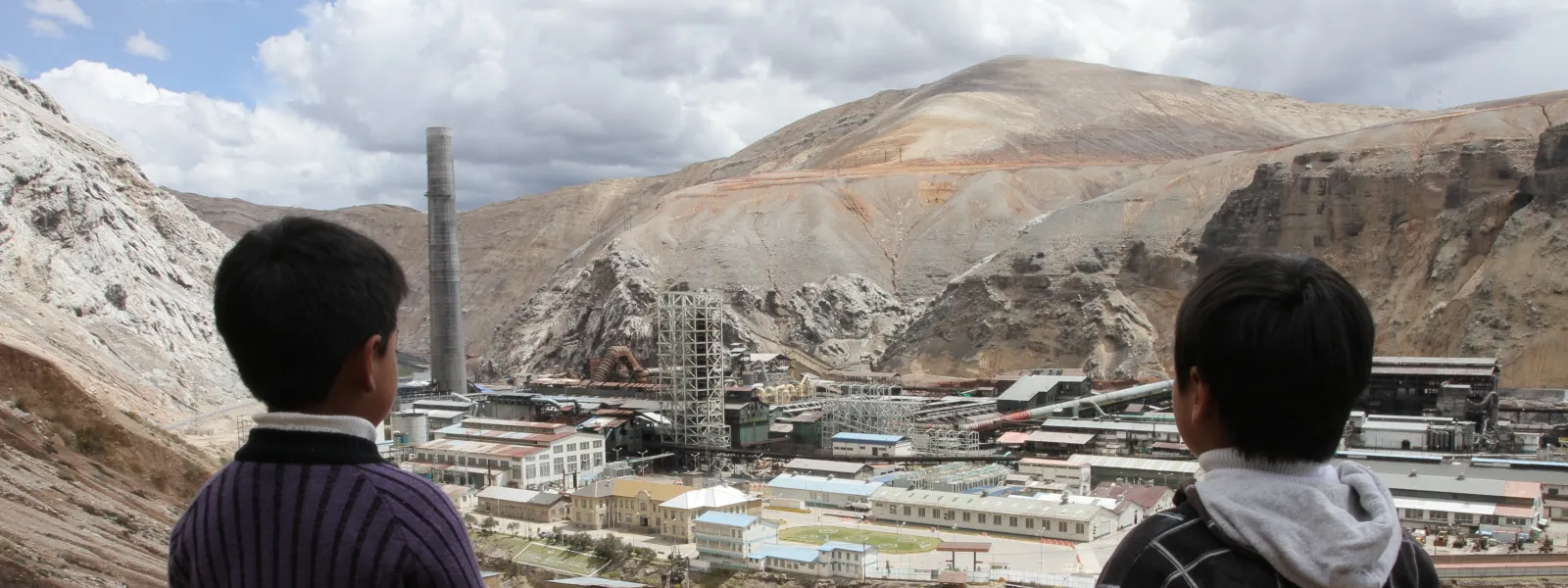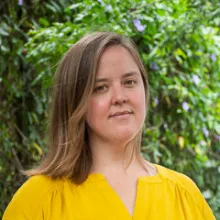
La Oroya: Over a decade’s wait for justice
Shutterstock.
From the time Isabel* was born, she has breathed toxic air.
She’s had heavy metals in her blood for all 13 years of her young life.
Her hometown, La Oroya, a small city in the Peruvian Andes, was labeled in 2007 as one of the world’s most polluted places. A metal smelter has been operating there for nearly a century, with little regulation and no attention to human health.
Children like Isabel suffer most from toxic pollution. Their developing brains and bodies are terribly vulnerable to lead and other heavy metals, which inhibit growth and often cause permanent damage.
Nearly all of La Oroya’s children have heavy metals in their blood, at concentrations many times limits established by the World Health Organization. And many residents suffer from chronic respiratory illness.
Their health issues result directly from corporate leaders’ disregard for the environment and for the people who live near the smelter. The State of Peru also bears responsibility for its inaction.
That’s why a group of residents joined together to fight for the their children’s health and their city’s future.
Isabel’s father, Pablo, has been a vocal leader in the community’s struggle against the government and the US-owned corporation responsible for contaminating their air, their land, even their water. He sees no other way forward.
“What kind of world will we leave for our children if we don’t defend our land, if we don’t defend our biodiversity?” he said in a recent interview.
A group of 65 residents joined as petitioners in a case AIDA and other organizations brought before the Inter-American Commission on Human Rights 10 years ago. Since then 14 more have added their names to the complaint; four have died. Today, they still wait for justice.
In 2007 the Commission recommended precautionary measures that urged the State to adopt adequate measures to diagnose the beneficiaries and treat those at risk of irreparable damage. Since then, air quality in La Oroya has improved somewhat, but the recommended health system is still woefully inadequate.
The Commission has yet to file its report on the merits of the case. A finding of merit would include more forceful recommendations. If the State still doesn’t respond, AIDA will take the case to trial before the Inter-American Court of Human Rights.
For now, all the petitioners can do is wait some more.
Despite the years gone by, we won’t stop fighting until the people of La Oroya see justice.
We believe their courage and struggle will have an impact beyond their community, setting a precedent for future cases across the Americas. Because a victory would establish in international law that damages from toxic contamination are human rights violations.
And that would mean a brighter future not just for Isabel and La Oroya, but also for communities wherever shortsighted corporations dump their toxic by-products.
__
* Name changed to protect privacy.
Anna Miller

Anna Miller is Communications Director at AIDA, currently based in Buffalo, New York. A journalist and cum laude graduate of the Philip Merrill College of Journalism at the University of Maryland, she has experience in editorial work, project management, and new media, as well as outreach for social justice organizations. She has worked and lived extensively across Latin America—where she has engaged in community-focused projects and made Colombia her second home. She now directs AIDA’s regional communications strategy and is committed to advancing environmental and human rights through strategic storytelling and advocacy.
